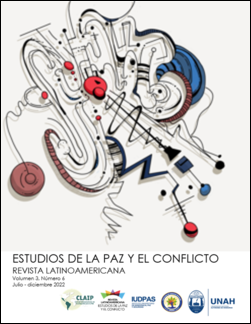Digital transfer. Public and social television in Mexico
DOI:
https://doi.org/10.5377/rlpc.v3i6.13809Keywords:
Digitalization, public and social televisión, MéxicoAbstract
The present article summons a research on the transit from analogic to digital of public television in Mexico. As in 2014 the law was reformed, a new concept arise: social use (uso social); so we comprise the new denomination and the channels included. The figures reveal a considerable growth of channels, both commercial and public; anyhow, this is not the only change. As digital brings modifications in time and space, in the mode of communication and in the relations between individuals, public television has a shift in its organization and distribution in the country. The growth in number equals the percentage seen before digitalization and the new law, so is to say public television, including social, remains way behind commercial. As digitalization has more dimensions than technology, we consider its impact on social behavior, in time and space and in the development on new habits of communication.
Downloads
457
HTML (Español (España)) 219
XML (Español (España)) 38
EPUB (Español (España)) 91
Downloads
Published
How to Cite
Issue
Section
License
Copyright (c) 2022 Latin American Journal of Peace and Conflict Studies

This work is licensed under a Creative Commons Attribution 4.0 International License.
The journal's contents are published under a Creative Commons Attribution 4.0 license (CC BY 4.0). This license allows third parties to share (copy and redistribute the material in any medium or format) and adapt (remix, transform and create from the material for any purpose, including commercial), as long as the authorship and first publication in this journal (Revista Latinoamericana Estudios de la Paz y el Conflicto, Universidad Nacional Autónoma de Honduras - Consejo Latinoamericano de Investigación para la Paz, DOI of the work) is acknowledged, a link to the license is provided and it is indicated if changes have been made to the original. The terms of the license are available online at http://creativecommons.org.




